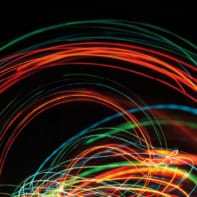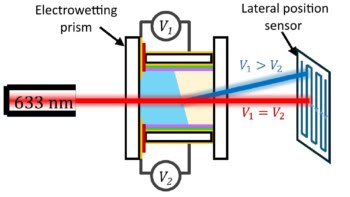
The triangle-weaver spider uses external power amplification to ambush its prey from afar, a new study shows. Sarah Han and colleagues at the University of Akron in the US used high-speed videos of the creatures to reveal how they store and release energy in their webs. The researchers say their discovery reveals the previously underappreciated energy storage capabilities of spider silk.
The strength of many animals is not limited by their muscle power alone; species including frogs, fleas, and mantis shrimps are known punch above their weight by storing elastic energy in their limbs. When this energy is released, the creatures’ bodies recoil, producing extremely rapid motions that give them significant advantages in capturing prey and escaping predators. Known as power amplification, the process has been well studied in species that store energy within their body tissues. However, less is known about animals that exploit external, non-anatomical power amplification.
In their study, Han’s team looked at the rapid acceleration produced by power amplification in an external device: the web of the triangle-weaver spider. The biologists observed that a spider will weave an “anchor line” as it sits on its web waiting for prey. The line allows the spider to increase tension in the web by multiple cycles of limb motion. In this way the triangle-weaver stores energy in its web – often for hours – before the spider becomes a projectile in a silk catapult.
Peak acceleration
When prey approaches, the spider lets go of the anchor line, and the subsequent release of tension springs both spider and web forward 2-3 cm, with a peak acceleration of about 773 ms-2.
Because the web is moving when it hits the prey, more of it sticky strands can come into contact with the victim than if the web had been static. Then, as the web jerks to a sudden halt, the silk envelops the prey entirely. Once the prey has been captured, the triangle-weaver then walks back along the anchor line to reload the tension in its web, in preparation for its next meal.
Spider silk is well known for its strength, but Han and colleagues believe their results show that its power amplification capabilities have been underappreciated so far. By pulling their webs taut through multiple backward steps, triangle-weavers can store many times more energy than is possible with a single limb motion. The study, therefore, reveals that external power amplification has significant advantages over internal, tissue-based amplification. Indeed, the spider’s strategy is remarkably similar to the mechanics humans have exploited to create technologies including catapults.
The study is described in Proceedings of the National Academy of Sciences.



